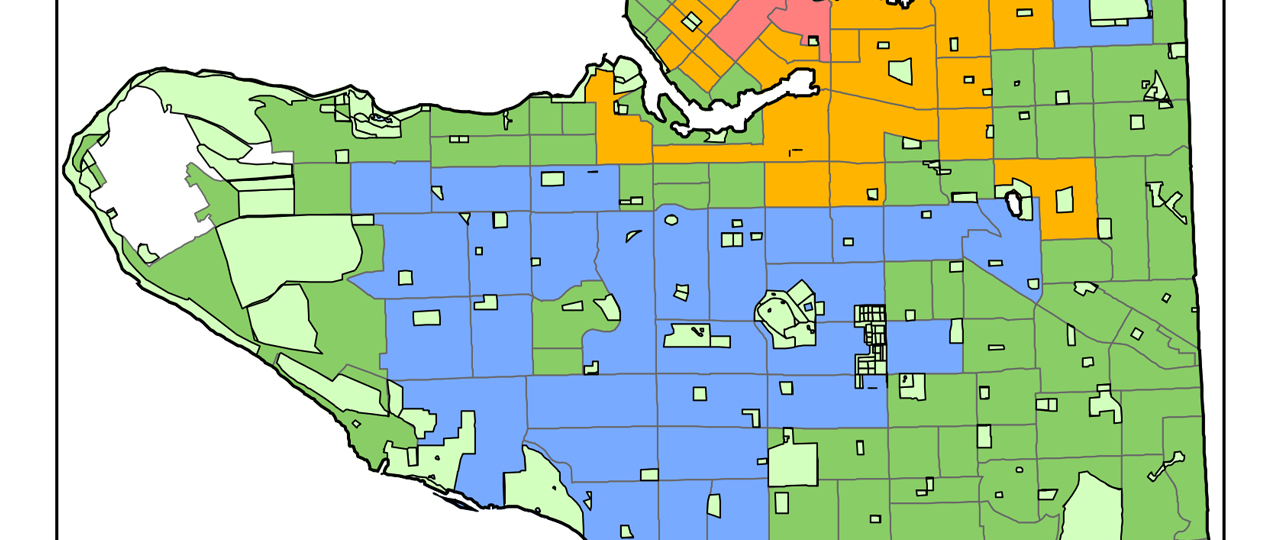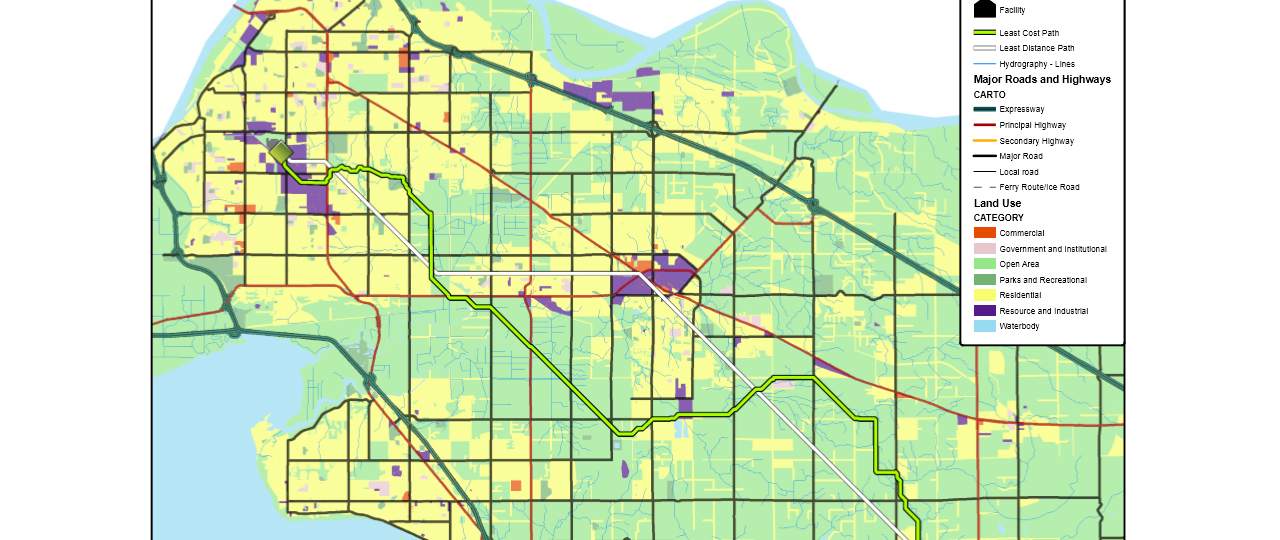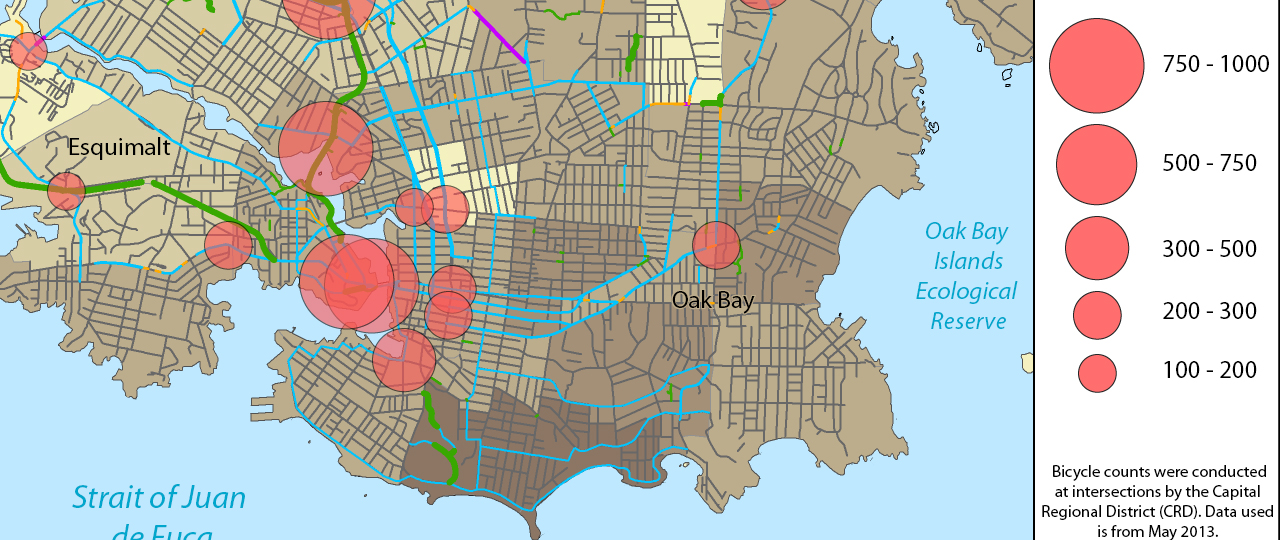Web mapping with MapBox
Ever since the industrial revolution the world has become ever more interconnected. As globalization consumes almost every corner of the globe, maps have been created to show how connected the world is. Using undersea cables, I attempted to visualize what areas of the world are connected, especially in a time where so many people are connected to the internet and can interact with each other across vast distances within seconds. Although the undersea cable lines are the prominent factor displayed on the map, it is the background and place names…read more









